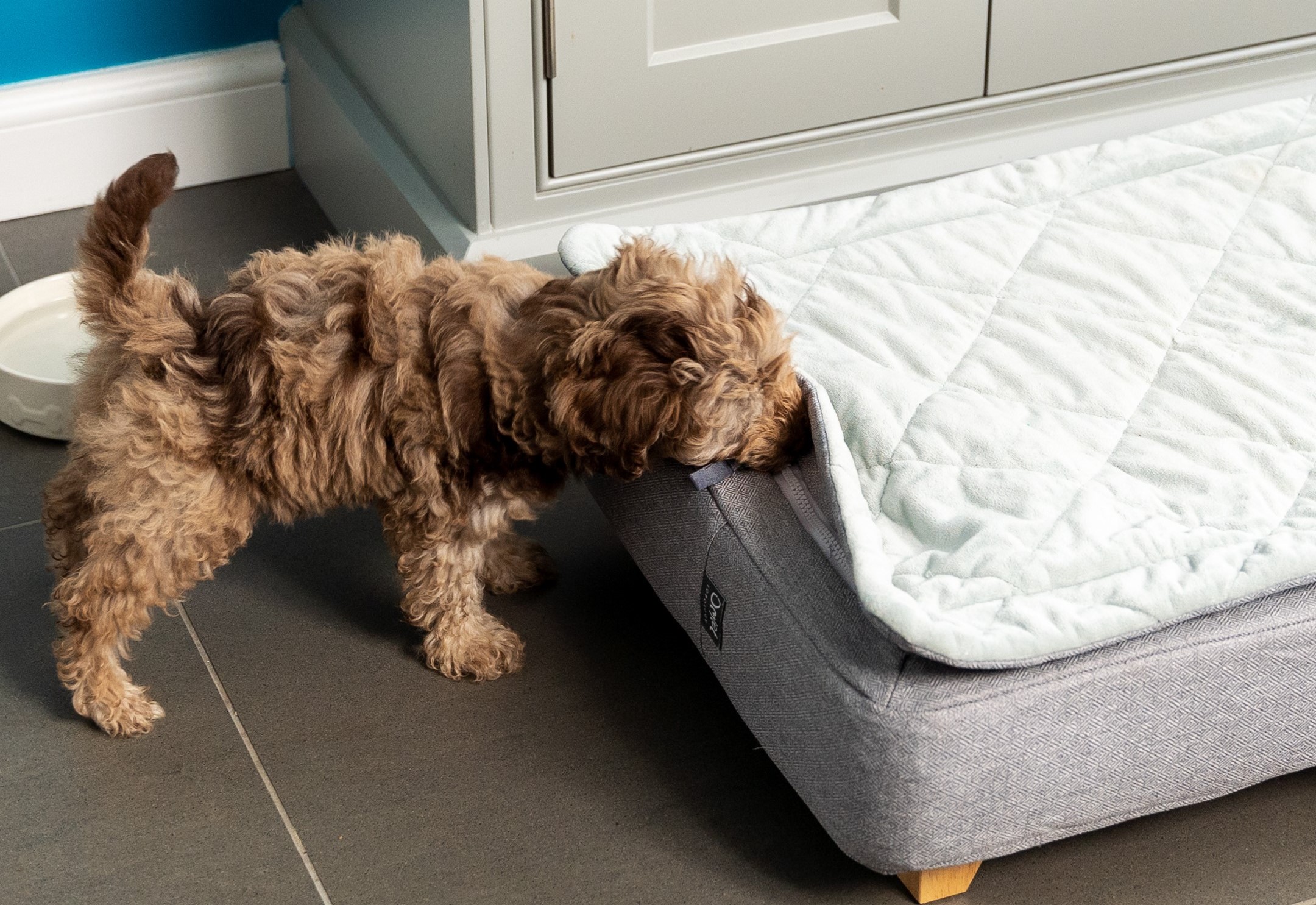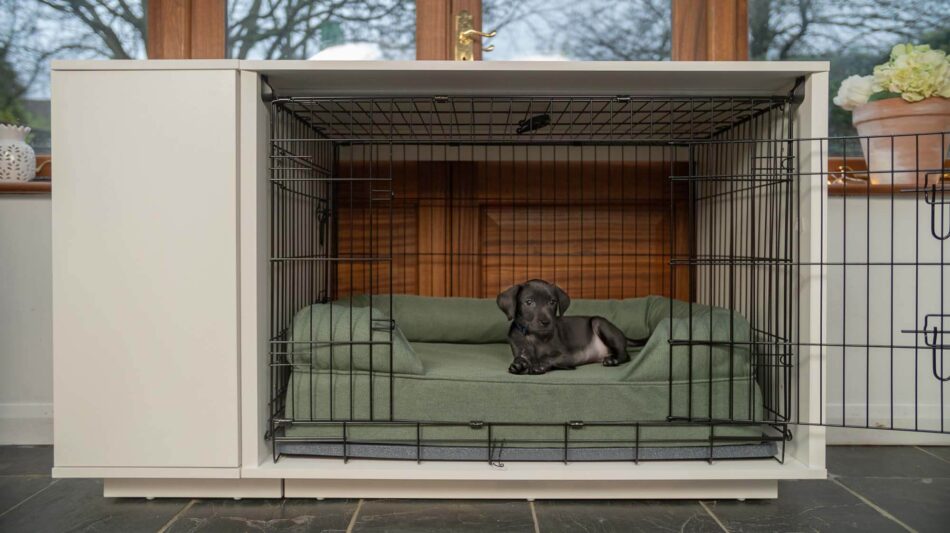Top 7 dog training tips
Training your dog can sometimes feel like you’re navigating through a maze without a map. However, with the right approach and understanding, it can transform into an enriching experience for both you and your canine companion. Whether you’re teaching basic commands or refining behavioural issues, these top seven dog training tips will set you on the path to success. From puppies to seniors, these tips are universally applicable, fostering a strong bond between you and your beloved pet.
Consistency is key
Consistency is the cornerstone of effective dog training, much like the steady rhythm of a heartbeat. Dogs thrive on routine and predictability, and it’s through consistent actions and expectations that they learn best. So whether you’re teaching basic commands like sit and stay or more complex behaviours, such as walking on a dog lead without pulling, maintaining a consistent approach is paramount.
To achieve consistency in dog training, consider establishing a set schedule for training sessions. Just like how we mark our calendars for important events, setting aside dedicated time each day for training reinforces the routine for both you and your pup. Additionally, use consistent verbal cues and hand signals for commands, ensuring clarity in communication. Dogs are brilliant at picking up patterns, so sticking to the same cues for desired behaviours helps solidify their understanding.
Moreover, consistency extends beyond formal training sessions—it’s about applying the rules consistently in all interactions. Whether it’s not allowing your dog on the couch or insisting on sitting before meals, enforcing these boundaries consistently reinforces the desired behaviour. Think of it as setting the stage for your dog’s success by creating a reliable framework within which they can thrive and learn.
Positive reinforcement
Positive reinforcement is the gold standard in modern dog training. With this essential component, it’s all about highlighting the good stuff – the behaviours you want to see more of – with rewards that make your dog’s tail wag with delight. Think of it as a canine high-five for a job well done. So, when your furry friend nails that perfect sit or finally masters the art of fetch without chasing squirrels halfway across the park, whip out their favourite dog treats and shower them with praise.
However, in a recent interview with Kieren Beckles, co-founder and editor of helloBARK! And LifeWithKleeKai, he described how food and treats don’t always work as motivators for all dogs. Speaking about his two Alaskan Klee Kai dogs, Kieran said, “We had different experiences training Copper and Skye. Skye isn’t food motivated so it required a lot of repetition and positive reinforcement. Copper is food motivated but easily distracted so we used treats and repetition.”
So positive reinforcement is not just about the treats. Sure, those tasty morsels work wonders, but it’s also about showering your pup with praise, scratches behind the ears, and maybe even a goofy victory dance. Dogs thrive on love and attention, and when they associate good behaviour with all these good vibes, they’re bound to repeat it. When it comes to positive reinforcement, precision and timing are key. So make sure to dish out those rewards pronto, right when your dog performs the desired behaviour.
Patience pays off
Patience is not just a virtue; it’s the secret sauce in successful dog training. Much like us humans, our furry companions need time to understand, learn, and adapt to new behaviours. Rushing the process often leads to frustration for both the trainer and the pup. So when it comes to dog training, take a deep breath, and embrace the power of patience. As Kieran from helloBARK! says, “training is a way to connect to them (dogs) on a deeper level and understand their individual needs.”
It’s easy to get frustrated when your dog doesn’t grasp a command right away, but patience and persistence are your best allies. Break down each training task into manageable steps, rewarding incremental progress. Remember, Rome wasn’t built in a day, and neither are well-trained dogs. So celebrate small victories along the way. Whether it takes a few weeks or a few months, trust that your patience will pay off in the form of a well-behaved and happy dog by your side.
Clear communication
Effective communication is vital in any relationship, including the one you share with your dog. Dogs rely on body language, tone of voice, and verbal cues to interpret commands and expectations. So when you’re doing any type of training with your dog, use clear and concise commands, accompanied by corresponding gestures or signals. And keep your body language open and inviting to convey confidence and authority without intimidation.
For instance, when teaching your pup to sit, pair the verbal cue “sit” with a hand signal—a raised palm works wonders. Consistency is key; ensure everyone interacting with your dog uses the same cues and signals to avoid confusion. Remember, dogs don’t understand human language but can pick up on tone and body language effortlessly, so by keeping your signals clear and your demeanour positive you will better engage them in the training.
Mental stimulation
When it comes to dog training, mental stimulation is just as important as physical exercise. Much like humans, dogs need mental challenges to keep their minds sharp and engaged. Incorporating mental stimulation into your training routine not only prevents boredom but also strengthens the bond between you and your furry friend. Try incorporating puzzle toys or interactive dog toy games into your training regimen. These not only provide mental stimulation but also give your pup a chance to problem-solve and work out their cognitive muscles.
Another effective way to provide mental stimulation is through scent work. Dogs have an incredible sense of smell, and tapping into this natural ability can provide hours of entertainment. Hide dog treats around the house or in the backyard and encourage your dog to sniff them out. This not only engages their mind but also taps into their instinctual behaviours. By incorporating mental stimulation into your dog’s training routine, you’ll not only keep them mentally sharp but also strengthen your bond and have a happier, more well-rounded pup.
Socialization
Socialization plays a pivotal role in dog training, much like how meeting new people broadens our horizons. Dogs thrive on interaction and exposure to various environments, sounds, and stimuli from an early age. So introducing your furry friend to a spectrum of experiences in a positive and controlled manner lays the groundwork for a well-adjusted and confident companion. Whether it’s a bustling city street or a tranquil park, each encounter shapes your dog’s understanding of the world, fostering adaptability and reducing anxiety in unfamiliar situations.
Ideally you want to start socializing your pup when they are around three to fourteen weeks old, which is when they’re most receptive to new experiences. But no matter what age your dog is, keep all new interactions positive by pairing new encounters with treats, praise, and gentle encouragement. Kieran from helloBARK! advises, “While new dog owners might consider basic commands such as sit, lie down, stay and heel which are all important, I would encourage owners to do research about the dog they’re adopting, whether it’s purebred, mix or a rescue. Think outside the box!” It’s all about building positive associations and turning potentially scary situations into delightful discoveries.
Seek professional help when needed
Embarking on the journey of dog training can be both rewarding and challenging. Sometimes, despite our best efforts, our dogs may exhibit behaviours that leave us scratching our heads. This is where seeking professional dog training help can make all the difference. Whether it’s mastering basic commands or addressing more complex behavioural issues, a skilled trainer can provide guidance tailored to your pup’s needs. Don’t be hesitant to reach out for assistance; after all, even the most experienced dog owners can benefit from a fresh perspective.
When selecting a professional trainer, consider their qualifications and methods. Look for certifications or memberships in reputable organizations, as these indicate a commitment to ongoing education and ethical training practices. Additionally, inquire about their approach to training. Positive reinforcement techniques, which reward desired behaviours, are widely regarded as the most effective in any dog training. Remember, the goal is to build trust and cooperation, fostering a strong relationship built on mutual respect.
Omlet and your dog
At Omlet, we understand the profound connection between pet parents and their dogs. That’s why we’re dedicated to creating innovative products that enhance the training experience for everyone involved. From interactive dog toys to stylish designer dog beds, we celebrate the wonder of sharing your space and life with your pet, and the joy of nurturing well-behaved, happy dogs. Embrace the journey of training your canine companion with patience, positivity, and the right tools, and watch your bond flourish into something truly extraordinary.
This entry was posted in Dogs


